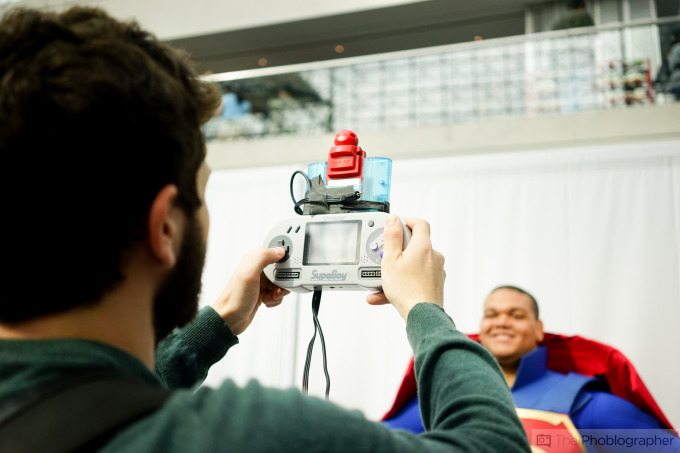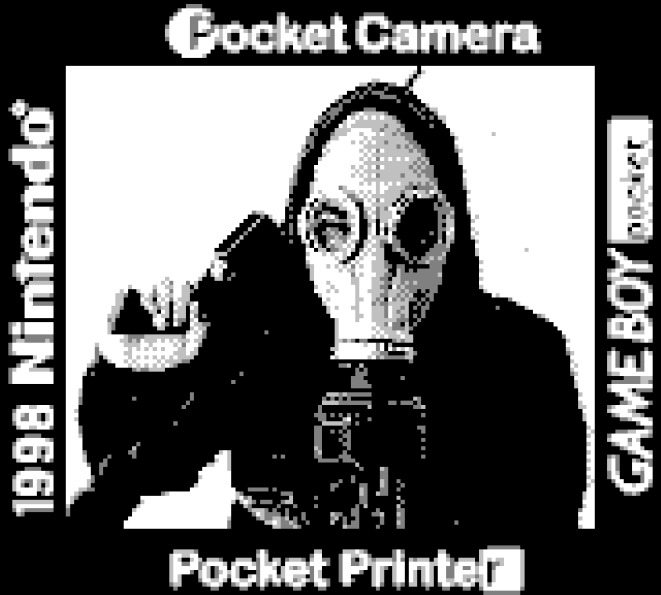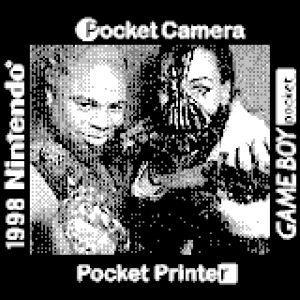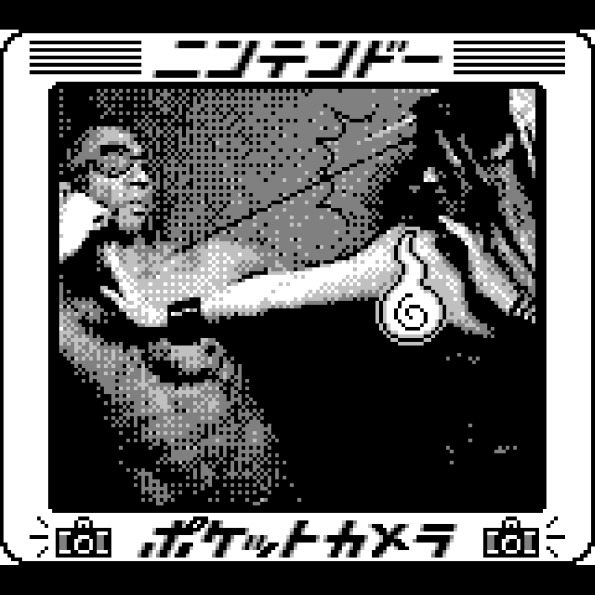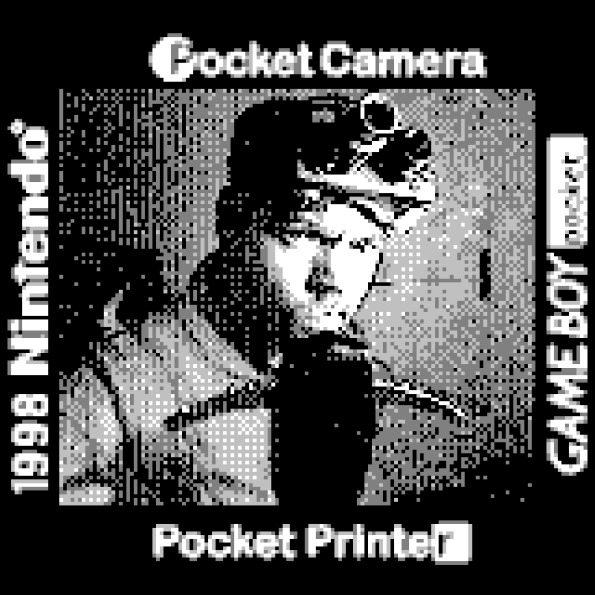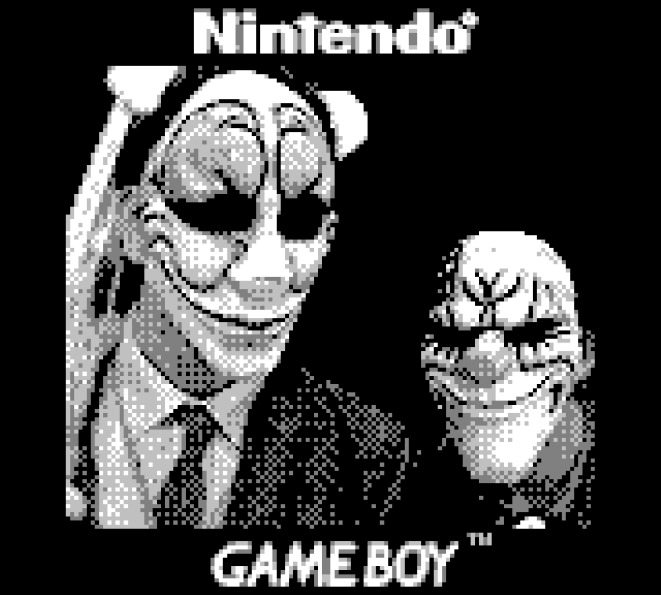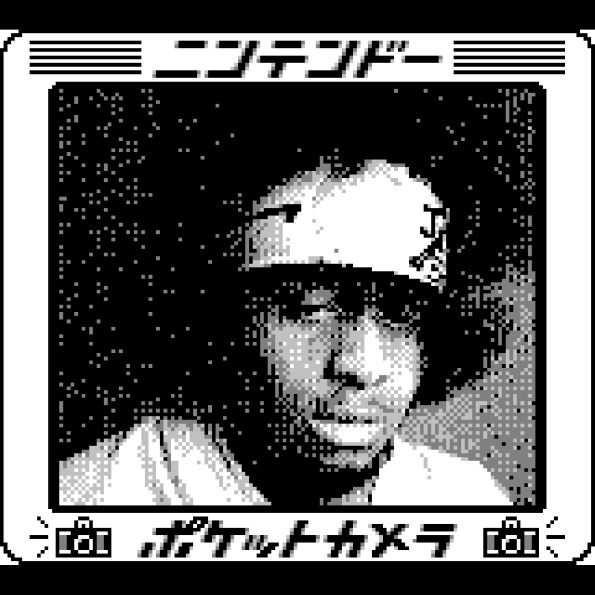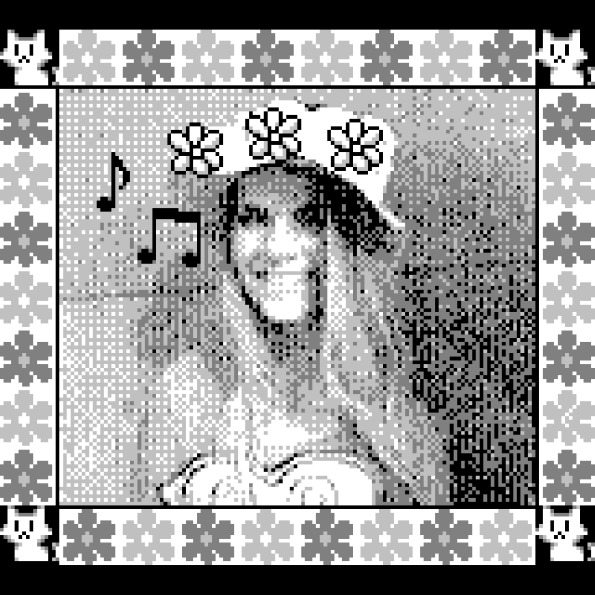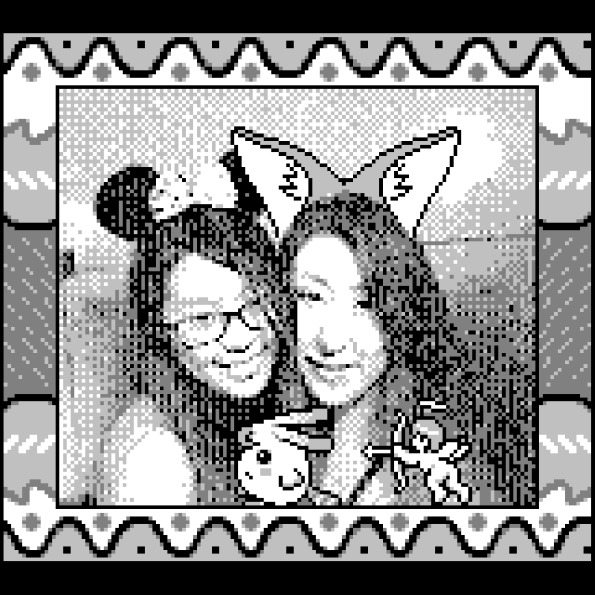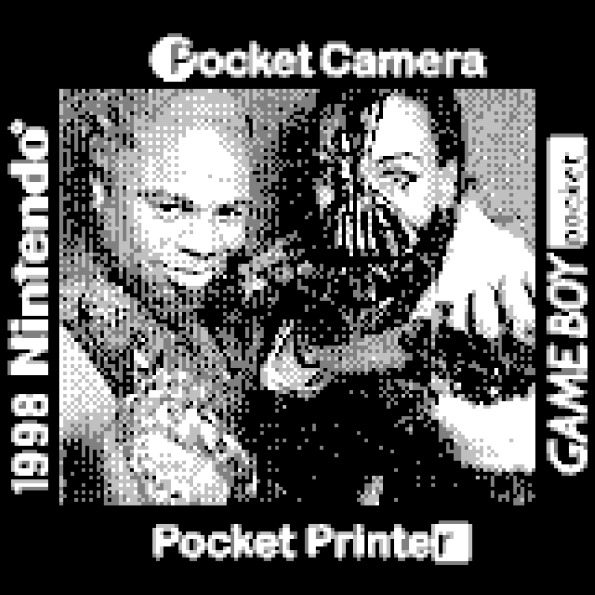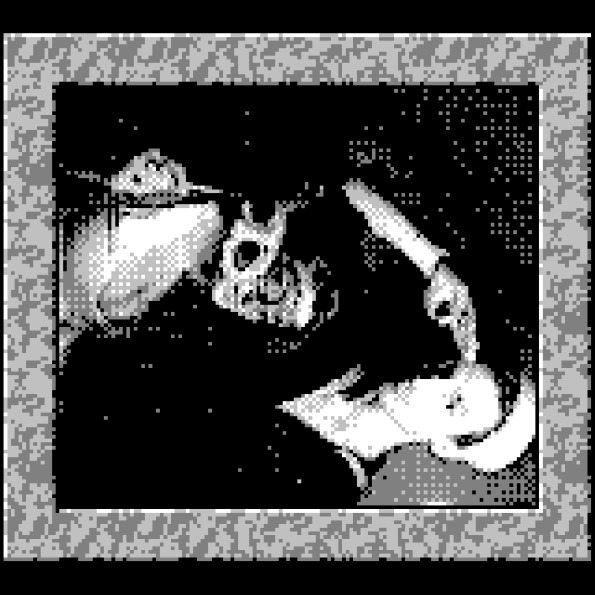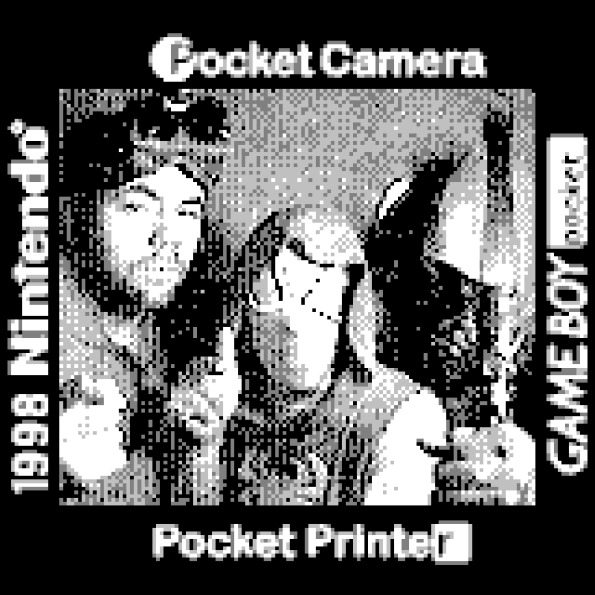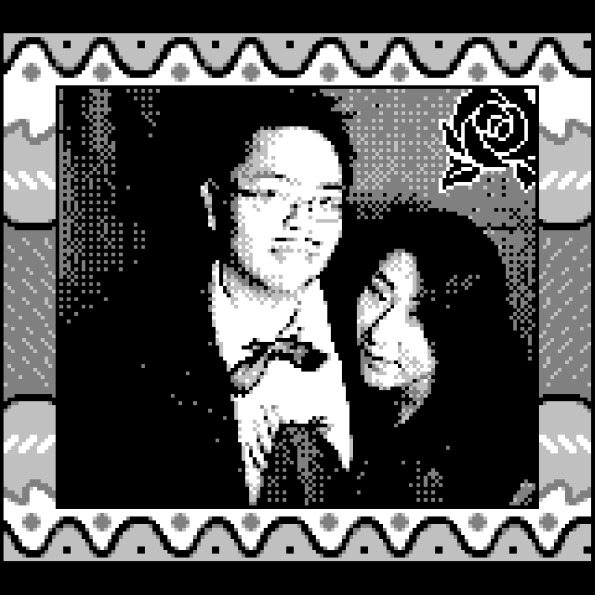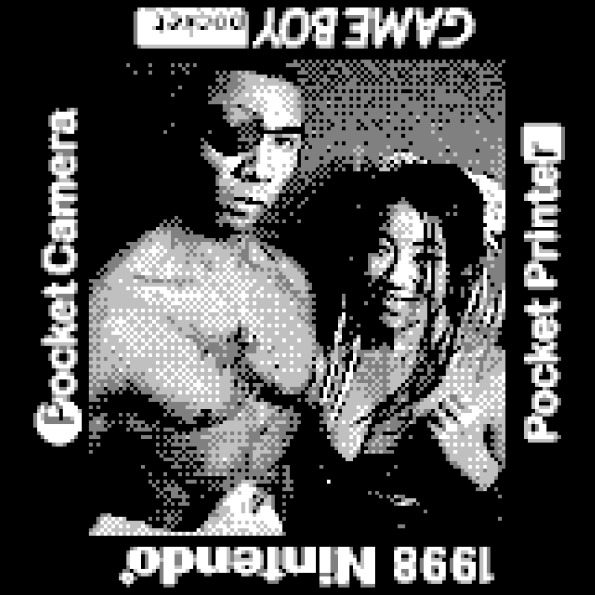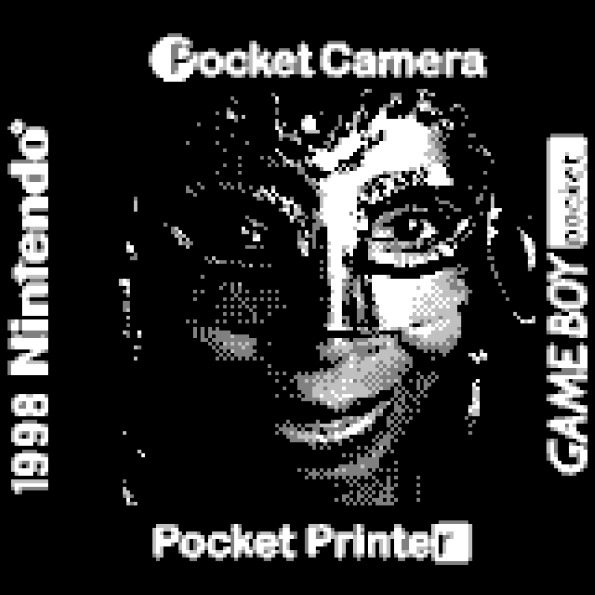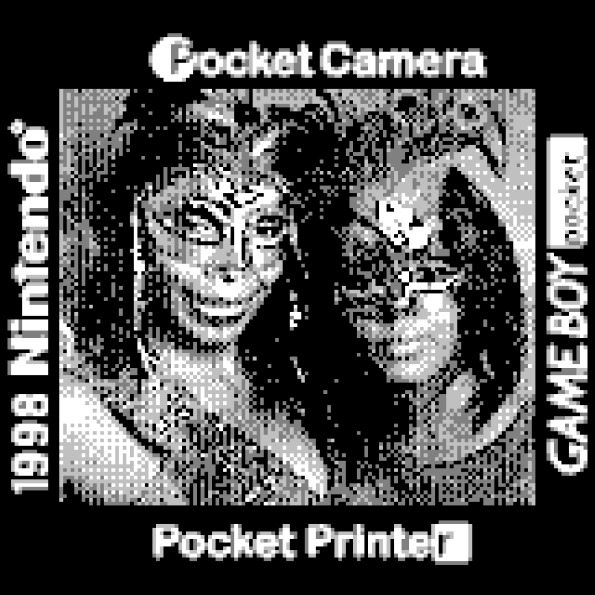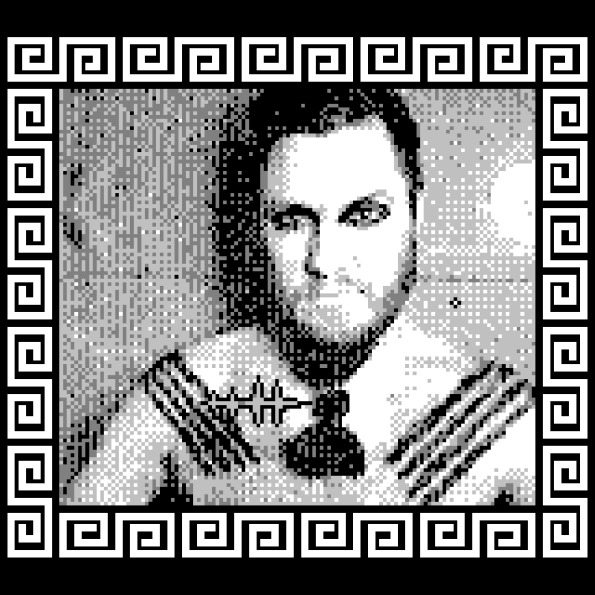Last Updated on 11/04/2014 by Chris Gampat
All images from Gameboy Photo. Used with permission.
Nintendo ranks only #34 amongst Flickr’s most popular camera brands, but that hasn’t stopped the guys behind GameBoy Photo from using them to create interesting art pieces. This year at New York Comic Con, they took to the floor to photograph cosplayers at the convention then moseyed on over to Greenwich Village’s Halloween Parade to capture the celebration.
Years ago, way before the first 2MP imaging sensors appeared in phones, the Nintendo Game Boy had a camera. It was never as successful as the games that consumers would fill their time with but it was a nifty take on the future to come. And with the guys at Game Boy Photo, it was never about the megapixel race, or the brand war.
Phoblographer: What made you want to get out there and take photos with a gameboy to begin with?
GBP: We went to elementary school together in the Bronx. When we were both seven years old, this camera quickly taught us how to frame subjects, how to negotiate exposure with Contrast and Brightness, how to expose for motion blur, and even how to shoot digital video.
We reunited, and began GameBoyPhoto in April 2014. After resolving to dig up our old Game Boy Cameras, we began shooting again, and it quickly became apparent not only that Game Boy Camera images retain an aesthetic of their own, but also that the look of these images is more pertinent than ever.
At the center of the 4K moment, just as smartphones are becoming capable of producing 20-megapixel images, this sandy, pixilated, grayscale quality harkens the pioneering era just at the beginning of digital photography.
Phoblographer: The Game Boy used to also come with a printer, have you ever made prints for folks right there on the spot?
GBP: All the time! Game Boy Printers still work well, however the paper that Nintendo produced for these printers has all expired. When we do print this way, we cut (brand new) receipt paper, and reel it ourselves to be used in the printer. Lately, we’ve been using the Polaroid PoGo (Zink) Printer, for printing stickers that are 2 in. X 3 in. in size. We consider the closest successor to the original Game Boy Printer.
Phoblographer: Tell us about how this is all done technically? You’ve got LED lights to help illuminate your subjects, but what else is involved? So this is a ROM of some sort, correct? Talk to us more about it. What Game Boys does it work for?
GBP: This is not a ROM; it’s actually the original Game Boy Camera cartridge, sending information through a Super Game Boy 2 cartridge, through a Hyperkin SupaBoy. We download our Game Boy Camera images using Mad Catz Game Boy Camera Link Cable and proprietary software, via IEEE Printer Port on an IBM ThinkPad A31 running Windows 98 SE. We drag these Bitmap (.BMP) files onto a USB Thumb Drive, move them to a MacBook Pro, and edit them in Adobe Photoshop.
Phoblographer: What makes you guys choose your subjects considering that the camera renders such unique photos?
GBP: This camera does not have a focusable lens. Therefore, it shoots best with focused light. We’ve switched successively from an ARRI 650W Fresnel, to a 150W DedoLight, to an LED Ring Light with adjustable temperature. We are finding that the LED array works very well.
Images are 160 X 144 pixels. It is for this reason that this camera works very well for shooting portraits up close.
Our biggest subject lately has been cosplayers. Cosplayers tend to be interested in working with us because our Game Boy photography serves to legitimize their costumes. Since this camera is the eye that Game Boy itself uses to see, this unique aesthetic places video game cosplayers into context inside the video game world, alongside their favorite characters.
Phoblographer: Tell us about you guys as photographers. What’s your background?
GBP: Daniel Akselrad is a photographer working in new and old media. Erik Goyenechea is a filmmaker currently working on a documentary.
Phoblographer: Tell us about what it was like shooting during Halloween recently? And New York Comic Con?
GBP: The response has been overwhelmingly positive, and especially in crowds like those at Comic Con, where people bring a genuine curiosity to the way our equipment is set up. When we’re tethered and mobile, we fit right in with the Ghostbusters cosplayers, carrying our large backpacks wired up with electronics.
On Halloween however, we use a photo booth setup: a stationary set up, complete with a white backdrop. In this setting, subjects take part in the process more actively, playing the game and shooting the photographs themselves. In this way, subjects become photographers, while gaming.


